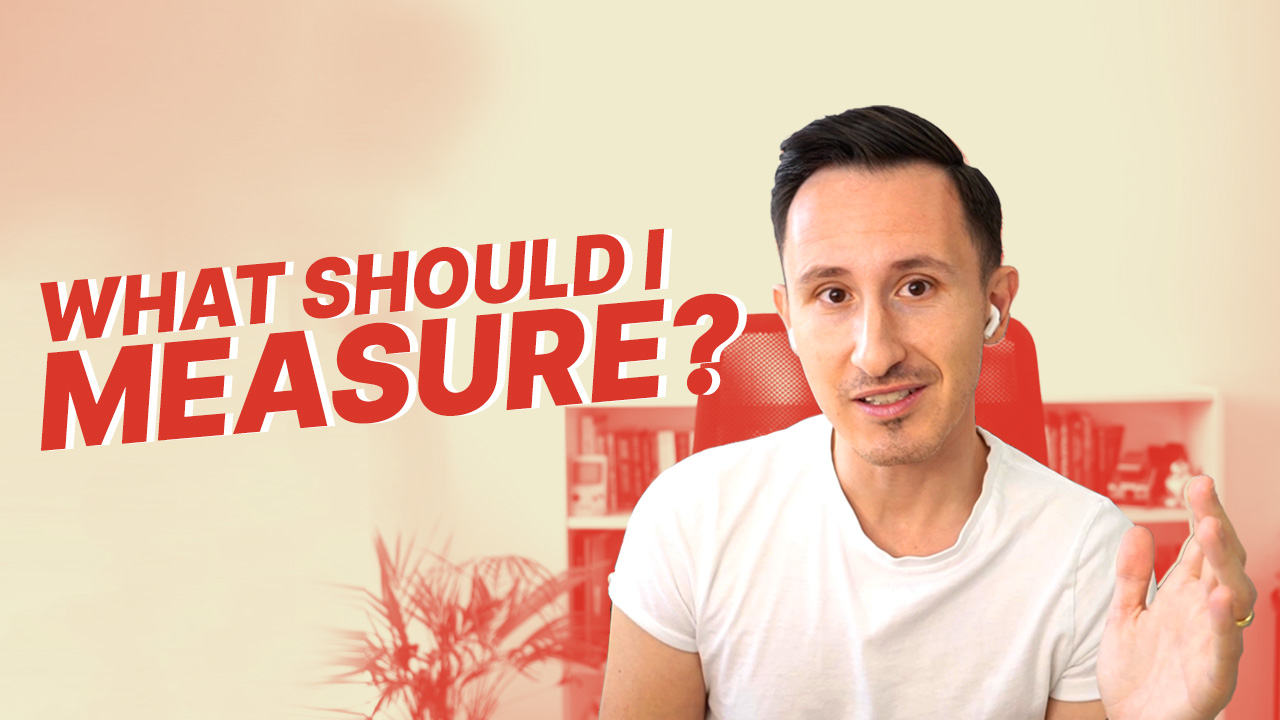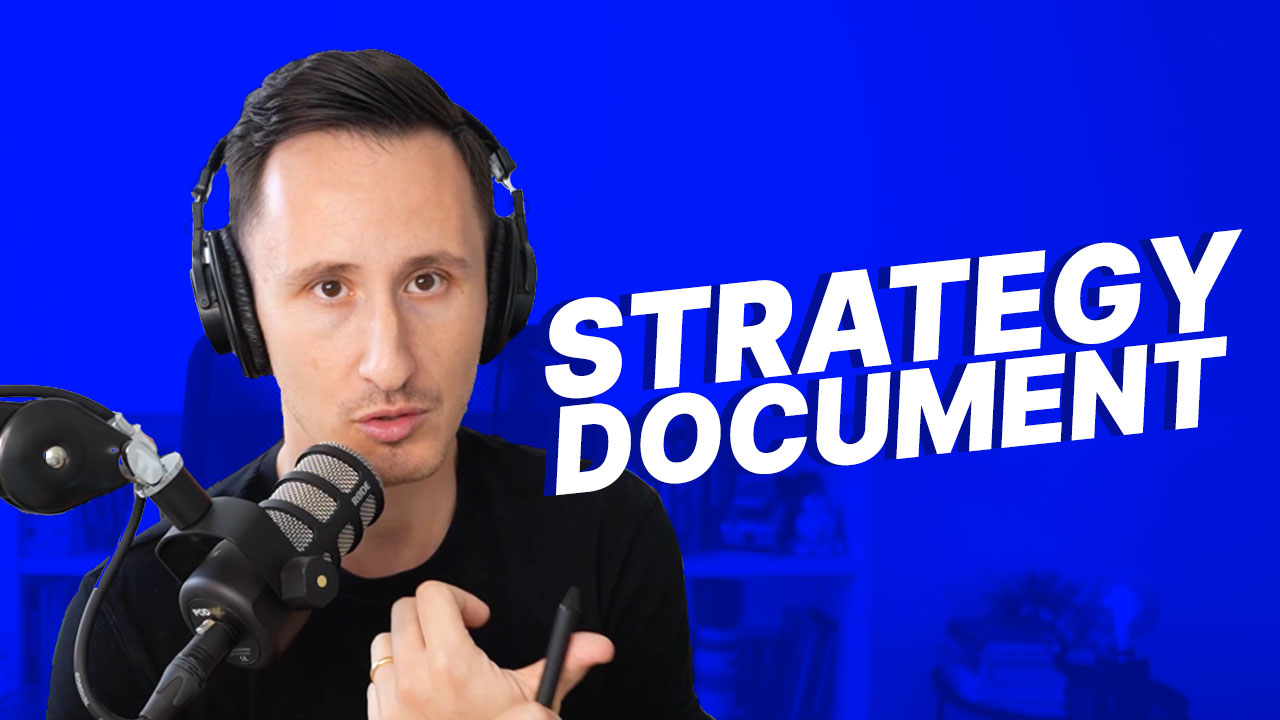In the early stages of a Product, you usually spend some time working and building an MVP in private with no public releases until the basics are in place.
However, Startups often tend to scope overloaded MVPs instead of building only essential features and start gathering feedback early.
When leading product organisations, I found it very helpful that apart from just having a Product Requirements Document (PRD) you also focus on the expected customer journeys and document those journeys visually.
Showing these journeys visually gives a target expectation to work towards while being very (VERY!) clear on what you’re building in this initial phase.
I like having actual screens on Figma and a Slide Deck summarising the journeys.
The slides are for the high-level view (CEO, CFO, other teams).
The Figma file is for the Product teams (Engineers, Designers, PMs).
Bonus: Engineers can be more flexible in how they build once they know exactly what it should look like.
This artefact eases conversations across the company.
The executive team/investors can see what the target journey will look like.
The Product team has a single source of truth to refer to.
And teams find it easier to open Figma or a PDF rather than read a PRD.
PRDs are useful in the long term when you need to refer to how something should be working. But an early stage, no one really has the time to read (or even write) detailed PRDs.
So, have a slide deck ready, designs in Figma, and if possible include a clickable prototype.
It’s all about removing the ambiguity of what we’re building and having the whole team on board one phase at a time.



